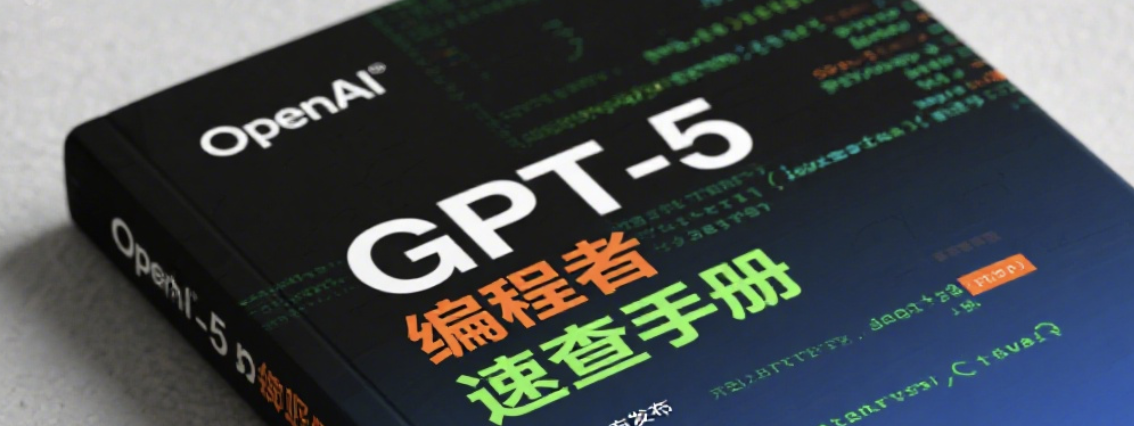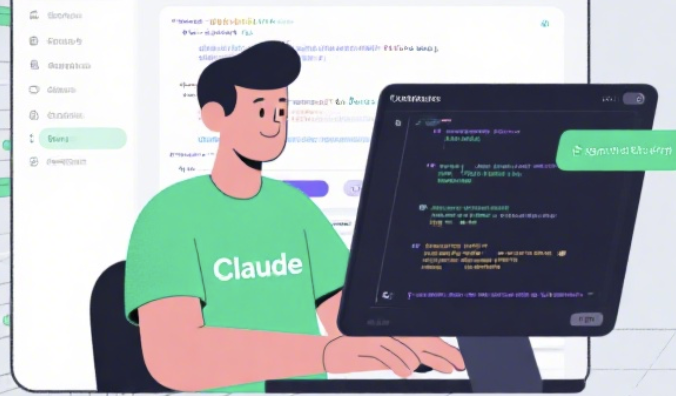GPT-5 Programming Quick Check Manual: A Complete List of Ten Common Development Scenarios. OpenAI's GPT-5 for Coding Cheatsheet provides developers with ways to use GPT-5 efficiently. This article will summarize ten common development scenarios and demonstrate the practical application value of GPT-5 with text examples, helping developers achieve twice the result with half the effort in coding, debugging, and optimization.
1. Function generation
- function: Generate functions based on natural language prompts.
- Example: Input the prompt "Write a function to convert Celsius to Fahrenheit," and GPT-5 will output a function, receive the Celsius parameter and return the corresponding Fahrenheit value.
2. Class and method completion
- function: Supplement the missing parts in the existing code structure.
- Example: Input the prompt "Method to increase the calculated area in a rectangular class," and GPT-5 will automatically supplement an area method, returning the result of multiplying the width by the height.
3. Error debugging
- function: explain the error report and give repair suggestions.
- Example: If the error message "Add numbers and strings," GPT-5 will indicate that a type conversion should be performed and suggest modifying the variable type or adding a conversion step.
4. Code optimization
- function: Simplify inefficient code and improve performance.
- Example: If the original code uses a double loop to find duplicate values in an array, GPT-5 suggests using a collection structure to store the elements that have occurred, reducing time complexity.
5. Cross-language conversion
- function: Convert code from one language to another.
- Example: Input the prompt "Convert list deduplication logic in Python to JavaScript version," and GPT-5 generates an equivalent JavaScript implementation.
6. Algorithm explanation
- function: explain complex algorithm logic.
- Example: Enter the prompt "Explain how quick sorting works," and GPT-5 will give you a text version of the step-by-step explanation and describe the role of recursion and partitioning.
7. Regular expression generation and interpretation
- function: generate qualified regular expressions and provide explanations.
- Example: Enter the prompt "Write a regular expression with a matching email address," and GPT-5 will give the expression and explain the meaning of each symbol.
8. Document and comment generation
- function: Generate detailed comments and document descriptions for existing code.
- Example: Input the prompt "Generate comments for this function," and GPT-5 automatically generates a text description of the input parameters, output results, and function purpose.
9. Test case generation
- function: Generate test cases according to function logic.
- Example: Input the prompt "Generate a test case for the Celsius to Fahrenheit function," and GPT-5 will provide the desired results corresponding to different input values.
10. Code Review and Improvement Suggestion
- Function: Check code style and potential issues.
- Example: Input the prompt "Check if this Python code meets best practices," and GPT-5 will suggest optimizations for readability, performance, and security.
Frequently Asked Questions
Q: Can GPT-5 handle complex projects on its own?
A: GPT-5 is better suited as an auxiliary tool to help with localized tasks rather than a complete replacement for human development.
Q: Can beginners use the Quick Check Manual?
A: Yes. The manual is suitable for both beginners and professional developers to improve efficiency.
Q: What programming languages does GPT-5 support?
A: It supports various mainstream languages such as Python, JavaScript, C++, Java, Go, etc., and can be converted across languages.
Q: Is there a fee to use the Quick Check Manual?
A: The Quick Check Manual is a free and public document that can be downloaded and used by everyone.
Reference link
https://cdn.openai.com/API/docs/gpt-5-for-coding-cheatsheet.pdf

